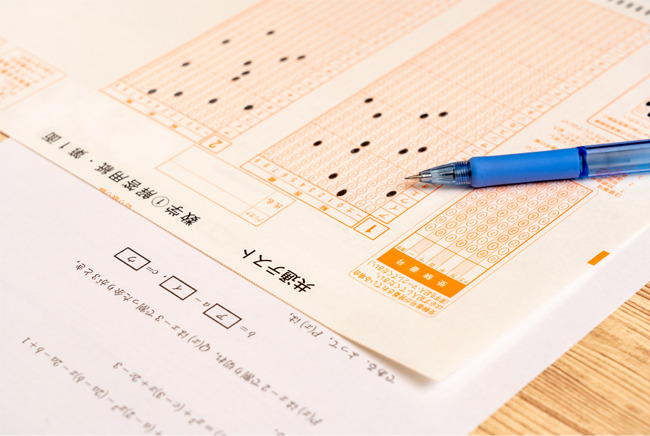Bullish applications to the Difficult University are conspicuous at national and public universities, but the effect of lowering the common test average score is also seen.
As mentioned above, the number of applicants for difficult universities is increasing at national and public universities.The number of applicants for the first half of the year at Tokyo University and Kyoto University was 105% and 102%, respectively.It seems that the examinees applied bullishly without being afraid to lower the average score of the common test.At the University of Tokyo, the minimum passing score for each class dropped by nearly 30 points in the first half of the year, and it became a hot topic (full score is 550 points in total for primary and secondary), but active students in sentence I and sentence III, and already in science. Graduates are increasing their occupancy among successful applicants.The difficulty of mathematics in science may have worked in favor of graduates.

At other difficult universities, Hokkaido University 103%, Tokyo Institute of Technology 105%, Hitotsubashi University 106%, Osaka University 107%, etc.In addition, Tohoku University is 100%, Nagoya University is 94%, Kobe University is 99%, and Kyushu University is 101%. Since it has not been done, the figures are for the previous term only).The decrease at Nagoya University seems to be the result of some faculties, which had a high magnification last year, being shunned by examinees.
Even in such a bullish application, the examinees seem to think carefully and act.This can be seen from the fact that the number of applicants has increased significantly at most universities and faculties where the actual magnification was less than 2.0 times last year.In addition to that, the effect of lowering the average score of the common test can be seen in part.For example, the number of applicants is increasing significantly at Yamanashi University School of Medicine, which has a low mathematics score for the common test in pass / fail judgment, Shiga University of Medical Science, and Nara Medical University, where the common test score is lower than the secondary test.
The fact that the medium-term schedule has increased by 108% year-on-year is largely due to the application status of the Faculty of Engineering, Osaka City University, which integrates Osaka City University and Osaka Prefecture University.At Osaka Public University, the number of applicants for the first and second semesters has decreased from last year, but the number of applicants for the middle semester is 133% compared to the previous year.It seems that there were quite a few applications from outside the Kinki area.In addition, the number of public universities such as Maebashi Institute of Technology and Sanjo City University that are newly conducting secondary examinations on a medium-term schedule is increasing.Since the mid-term schedule can be applied together with the first-term schedule, increasing the chances of taking the exam is a great advantage for the examinees.
The number of applicants for difficult universities such as Soukei has increased due to the reaction of last year at private universities.
At private universities, the number of applicants for difficult universities such as Soukei is increasing.The number of applicants is increasing at Aoyama Gakuin University, Meiji University, Hosei University, Doshisha University, Ritsumeikan University, Kwansei Gakuin University, etc.Last year, the number of applicants decreased at many universities, and the ratio also decreased, so it is thought that there was a reaction to that.However, here too, the effect of lowering the average score of the common test can be seen.Many universities have a decreasing number of applicants for the method that uses the common test because it is difficult and the application deadline is set after the self-scoring of the common test.It is probable that the examinees who could not score in the common test as expected did not apply.
In addition, the number of applicants for Kinki University is increasing significantly due to the establishment of the Faculty of Informatics and the Department of Energetic Materials, Faculty of Science and Engineering.The number of applicants is increasing due to the establishment of the Faculty of Computer Science at Meijo University.Since it is a popular filtration department, it is inevitable that applicants will gather.In addition, the number of applicants at Chiba Institute of Technology and Osaka University of Economics and Law is increasing due to reforms in the entrance examination system.The number of applicants for the common test use method at Osaka University of Economics and Law has more than five times that of last year.

On the other hand, the number of applicants is declining nationwide at traditional mid-career colleges.It is thought that this is partly due to the large number of students in the Faculty of Arts and Humanities and the fact that the number of applicants for life sciences has not increased in recent years.However, since the percentage of enrollees at these women's colleges is high through comprehensive selection and school-recommended selection, it is possible that many students have already completed these year-end entrance exams and have not taken the general selection. ..
In the future, attention will be focused on what the total number of successful applicants will be, including additional successful applicants. Is expected.It can be said that it is smooth for challenge-oriented examinees.
- 1
- 2
